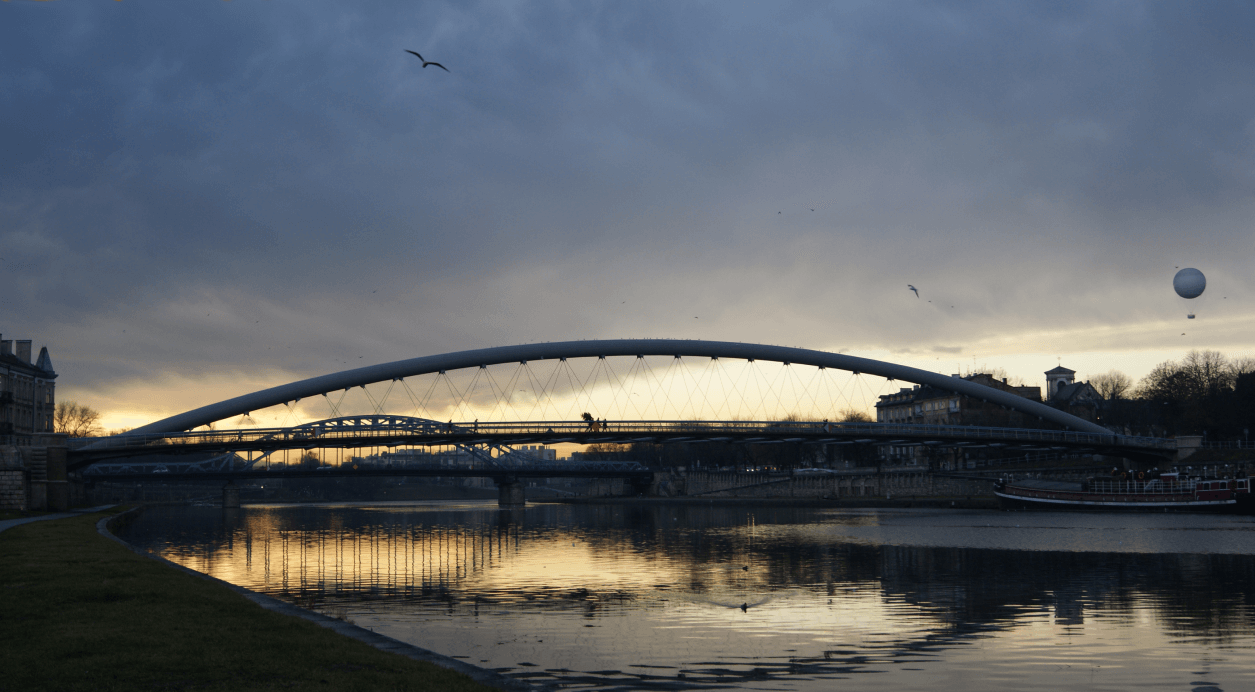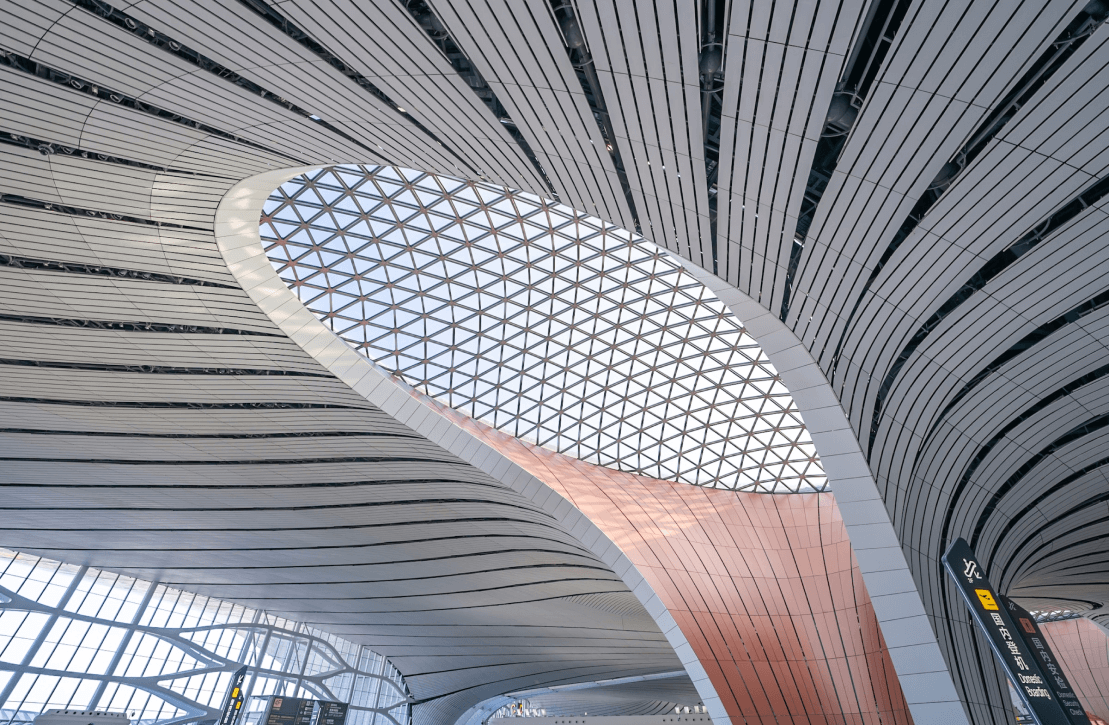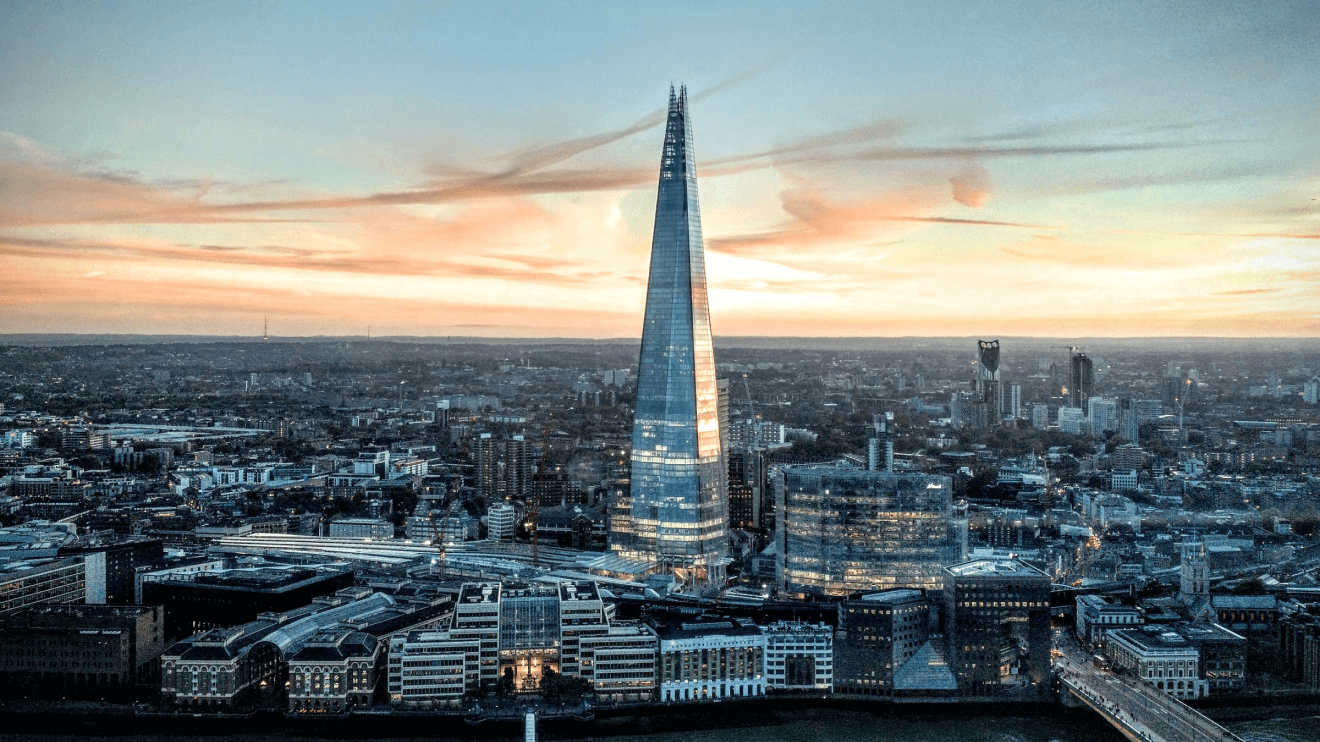Architects work with materials and space to create an environment where people can live, work, and relax. They see potential in the surrounding matter and turn it into something new and useful.
Builders use different materials – concrete, stone, metal, wood, and glass – to create structures that meet the needs and desires of people. They understand how materials relate to the structure, functionality, and aesthetics of the project.
This process is based on a feasibility analysis that evaluates various factors, including the technical characteristics of materials, their cost, construction time, and long-term operating expenditure.
When designing a building or infrastructure, designers usually consider several options for structures and materials in order to find the optimal solution.
The choice of building materials: How to achieve the best effect
Aside from technical parameters, such aspects as price stability, market availability, environmental friendliness and energy efficiency of the material are also considered.
Feasibility analysis helps designers understand which option for the building material is best suited for a particular project.
For example, in the case of large commercial construction, designers choose metal structures which can be erected quickly. In residential buildings, energy efficiency and operating costs are taken into account, which leads to choosing bricks or insulated panels. Bridge construction mainly uses steel and concrete.
"In the early 1960s, the United States and the Soviet Union had the same problem – how to build a lot of housing. While the Soviet Union opted for prefabricated reinforced concrete and apartment buildings, America favoured one-storey wooden structures," says Maksym Kolesnikov, owner of Druid Project Bureau.
Sometimes designers can use a combination of different materials, each with its own advantages, in one project to achieve the best result.
Aside from materials, architects also take spatial aspects into consideration. They understand how to organise space in a building or in an urban environment to ensure comfort, efficiency, and aesthetics.
From an aesthetic point of view, steel structures look "lighter" and more elegant compared to concrete structures, so they are often chosen by bridge architects. By the way, residents of Krakow say that due to the lack of supports and steel construction, the Ojca Bernatka pedestrian and bicycle bridge across the Vistula looks "transparent and romantic".

Before choosing building materials, designers conduct a detailed study of the properties of each option. They analyse strength, weather resistance, thermal insulation, soundproofing and other properties of materials.
Appearance matters
Designers can experiment with the form and appearance of construction projects, while ensuring their functional purpose. For example, the shape of a building is dictated by architectural style, land plot constraints, local building codes, and aesthetic preferences.
Construction projects can take various shapes – from classic rectangular to complex geometric structures, such as round, oval or asymmetrical shapes. It is not uncommon that complex forms are used in stadium and airport projects.

When searching for the optimal solution in terms of economic benefits, construction costs and operating costs are taken into consideration.
Designers estimate the cost of building materials, space and volume of construction, the required number of man-hours, maintenance costs and energy efficiency to suit the customer's capabilities as much as possible.
Different architectural and planning solutions give different options for making a profit, which also affects the choice of the best option. Analysis of the life cycle cost of the structure may be the most informative exercise.
The cost of designing a building or other object is 3-5%, the cost of materials and consumables is 63-73%, the cost of manufacturing is 16-22%, transportation costs are 3-7%, and installation is 5-20%, according to the Association "Ukrainian Steel Construction Centre".
At the same time, if the cost of its maintenance and operation is included in the cost of the building, then with an average life of the building of 30 years, the cost of construction drops sharply to 2%. Maintenance costs will be 6%, and operation and personnel costs will be 92%.
Race leader and runner-up
Steel and concrete, which are the primary structural materials in Ukraine today, have a handful of significant differences in terms of the organisation of the construction process.
Concrete has a number of limitations when working with it: To work with ready-mixed concrete, additional equipment is required, so the proximity of a concrete plant to a construction site is essential.
Constraints associated with this material are eliminated by additives that give it properties such as water, frost and fire resistance. Concrete and reinforced concrete products have long been considered an affordable and relatively inexpensive building material.
However, the fabrication of concrete and reinforced concrete structures is an energy-intensive process, and therefore, the cost of these products is heavily dependent on the price of energy.
Maksym Kolesnikov admits that the construction industry is very conventional, and changing habits is difficult for some builders.
"20 years ago, in-situ reinforced concrete was also an innovation, because houses were built of bricks and slabs," says the designer.
Today, steel is a competitive alternative to concrete as a building material, presenting such benefits as the high speed and precision of the construction process, the ability to create structures that best meet customer requirements, as well as the cost-effectiveness of construction.
"Times are changing and processes are becoming increasingly tech-savvy. Metal is much more suitable for mass production, for modular production. And this is today's global trend," says Maksym Kolesnikov.
"Ukrainian Steel Construction Centre" conducted a study to compare various structural arrangements of frames of class "A" office buildings in Ukraine using steel and reinforced concrete structures. The comparison showed that the higher cost of the steel frame is compensated by the lower cost of cladding structures and foundations.
The use of steel in the building foundation, which accounts for up to 15% of the project cost estimate, reduces the total cost of the project by 2-3%.
The high strength-to-weight ratio of steel structures allows creating long spans and increases the efficiency and attractiveness of such real estate significantly.
In addition, the use of steel frames allows increasing the number of storeys of existing buildings without demolishing and changing the foundation. This was done during the renovation of the Voronin garment factory into the modern business centre "Platforma" in Kyiv.
According to Rinat Akhmetov's Metinvest Group, "in the conditions of space constraints of the construction site in the centre of Kyiv, the foundation and the existing five floors were reinforced with metal, and six new floors were installed."
The use of optimisation design solutions reduced the metal intensity of structures by more than 30%, and the use of BIM technologies shortened the design and delivery time of materials by 25%.
It is possible to use steel more extensively in the residential construction, Kolesnikov believes.
"There were many such attempts in the 1970s in France, England and Germany. But at that time, the designers could not cope with the issues of climatology. Now completely different technologies and capabilities are available, so scaling is taking place namely in the construction of public buildings," the expert is convinced.
Such well-known structures as NSC "Olimpiyskiy", Darnytskyi bridge, shopping malls "Kosmopolit", Tsum and Lavina Mall, and a confinement over the fourth unit of the Chernobyl nuclear power plant were built of steel.

The broader development of steel construction in Ukraine may be hampered by the lack of modern production sites and the unwillingness to scale projects.
"It is necessary to have a certain pool of technologies, the production itself must be of high quality. There are enough professionals to work with metal in Ukraine. Historically, we are a "country of metal" both in fact and in spirit," Kolesnikov said.
Environmental considerations
Each stage of the life of building materials is not only the movement of matter within the technical cycle, but also leaves a mark on the environment. All construction processes from raw material extraction to disassembly and disposal of components are a source of waste materials, emissions, and pollution.
Steel is a much more environmentally friendly material than concrete, as it requires less energy-intensive processing steps associated with emissions of harmful and greenhouse substances.
Thus, the metal structures of the tallest skyscraper in London – The Shard – are 20% made of recycled raw materials. In the future, 95% of the building materials used in the construction of the skyscraper can be recycled.

Experts predict that in the future, the choice of architectural and structural forms will be the result of optimisation calculations, taking into account the modelling of the life cycle of facilities.
Architects and engineers always serve the best interests of the building, its end users, and the planet, taking into account the renewability, environmental friendliness and economical use of resources withdrawn for construction.
